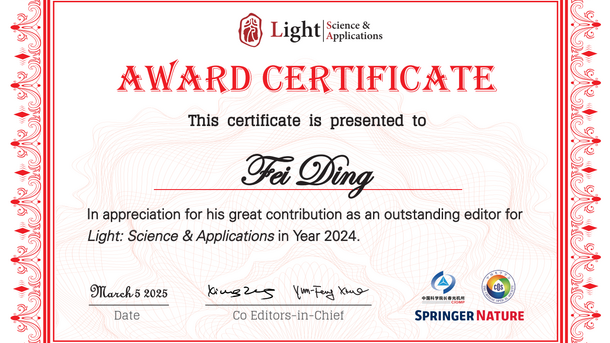Our research group has participated in the Girls’Day and Boys’Day 2025 on April 3rd, 2025. Under the slogan …
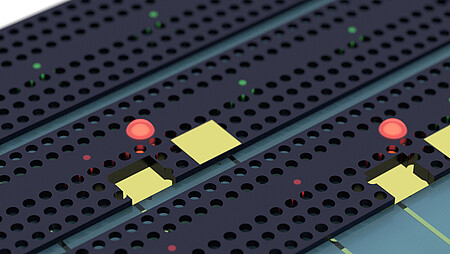
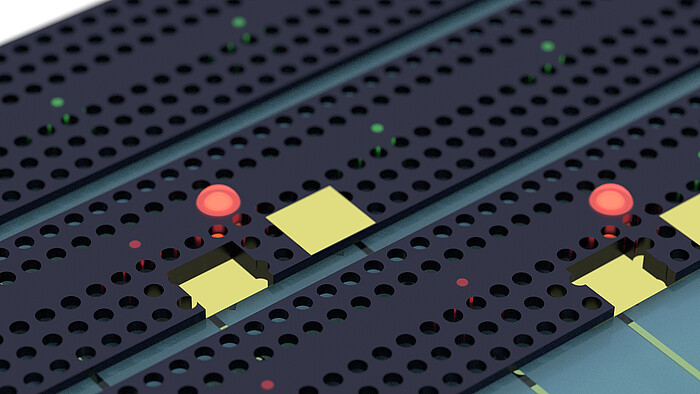
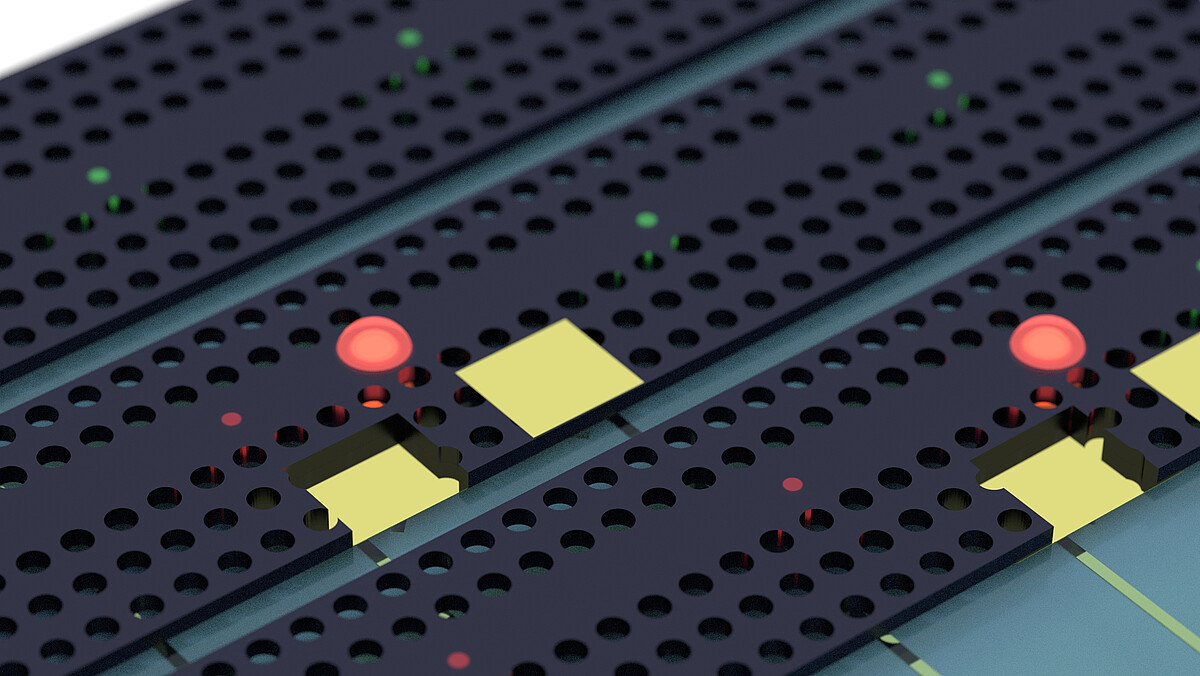
Quantum entanglement of light signals and their efficient distribution over great distances is essential for future global quantum networks. Single photons are a prime candidate for "flying" qubits, i.e. qubits which are suitable for the transmission of quantum information between network nodes. A promising source of entangled single photons are semiconductor quantum dots, which allow integration into miniaturized electronic and photonic cirquits. A combination with micro-electromechanical systems (MEMS) enables dynamic tuning of the relevant optical parameters, and therefore of the quantum mechanical properties of those single photons.
Quantum entanglement of light signals and their efficient distribution over great distances is essential for future global quantum networks. Single photons are a prime candidate for "flying" qubits, i.e. qubits which are suitable for the transmission of quantum information between network nodes. A promising source of entangled single photons are semiconductor quantum dots, which allow integration into miniaturized electronic and photonic cirquits. A combination with micro-electromechanical systems (MEMS) enables dynamic tuning of the relevant optical parameters, and therefore of the quantum mechanical properties of those single photons.
The resources of this group are coordinated as part of the activities of "Semiconductor Quantum Optics (SQO)" in collaboration with Prof. Fei Ding.
News in Semiconductor Quantum Optics
Contact
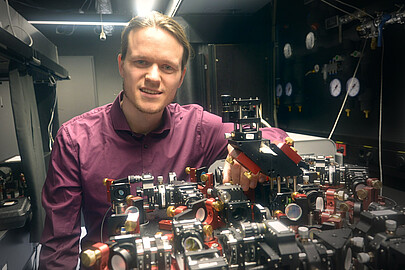
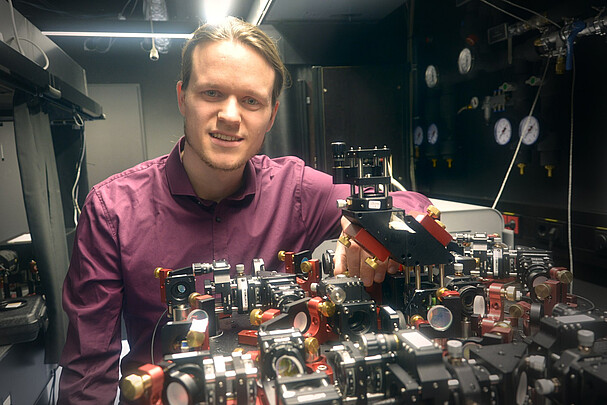
30167 Hannover






